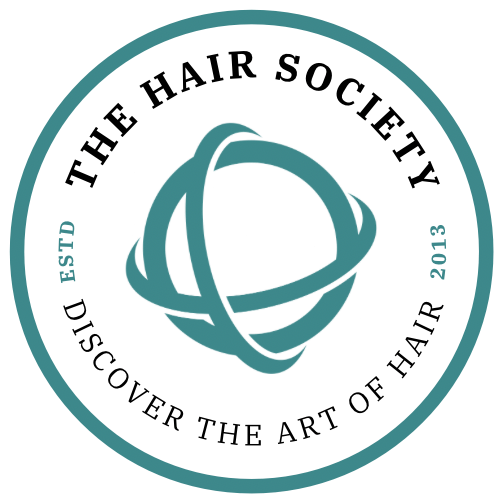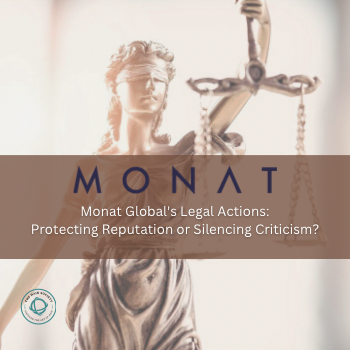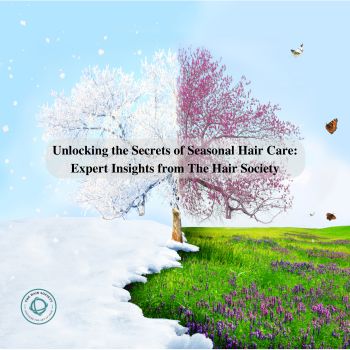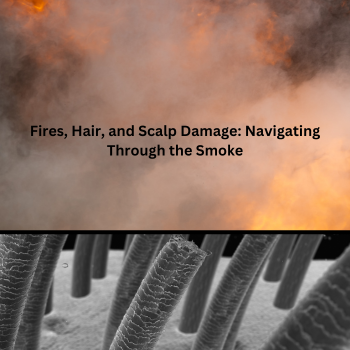In the ever-evolving landscape of beauty and wellness, hair care routines have undergone significant transformations, with myriad trends claiming the mantle of the ultimate solution for luscious, healthy locks. However, beneath the glossy surface of these seemingly benign practices lies a plethora of risks that can lead to hair and scalp damage. This article delves into the controversial yet critical discussion on popular hair care fads, backed by credible sources, to unveil the hidden dangers they pose.
Overuse of Protein Treatments
Protein treatments have been lauded for their ability to repair and strengthen hair, but excessive use can ironically lead to brittleness and breakage. According to the American Academy of Dermatology (AAD), while protein is essential for hair health, an overabundance can stiffen the hair, making it more susceptible to damage. The key is balance; however, many enthusiasts, swayed by the promise of strengthened strands, often over-apply these treatments, unwittingly causing harm.
The Charcoal Detox Craze
Activated charcoal has gained popularity as a detoxifying agent for the scalp, touted to remove impurities and buildup. Yet, dermatologists warn against its abrasive nature, which can strip natural oils, leading to a dry, irritated scalp. Research published in the Journal of the American Chemical Society points out that while charcoal can adsorb toxins, its indiscriminate use on the scalp can disrupt the skin’s microbiome, potentially aggravating conditions like dandruff and seborrheic dermatitis.
Apple Cider Vinegar Rinses
Hailed for its clarifying properties, apple cider vinegar (ACV) is recommended by many for a shiny, healthy scalp. Nonetheless, experts caution against its acidity, which can weaken the hair’s keratin structure and alter the scalp’s pH balance. A study in the International Journal of Trichology highlights that while ACV can remove residue, its overuse can lead to dryness, irritation, and cuticle damage, emphasizing the need for moderation.
The No-Poo Movement
The no-poo (no shampoo) movement advocates for eliminating shampoo to preserve natural oils. While the intention is to avoid harsh sulfates found in many shampoos, this practice can backfire. Dermatologists argue that not cleansing the scalp can lead to an accumulation of oils, sweat, and pollutants, potentially exacerbating scalp conditions and inhibiting healthy hair growth. The Journal of Dermatological Treatment published findings that underscore the importance of regular cleansing to maintain scalp health, challenging the no-poo methodology.
Essential Oils: A Double-Edged Sword
Essential oils are celebrated for their natural benefits, including promoting hair growth and scalp health. Yet, their potency can also lead to allergic reactions, contact dermatitis, and photosensitivity. The National Center for Complementary and Integrative Health advises that essential oils should be used with caution and always diluted, as their concentrated forms can cause severe irritation and harm to both hair and scalp.
Conclusion
While the pursuit of perfect hair is a worthy endeavor, it’s imperative to approach hair care routines with a critical eye. The allure of trendy practices can often overshadow their potential downsides, leading to damage rather than enhancement. It is essential to consult with dermatologists or trichologists before embracing popular fads, ensuring that the quest for beauty does not compromise the health of your hair and scalp. As we navigate through the myriad options available, let us prioritize the wellbeing of our hair, armed with knowledge and a cautious approach.
Hair is a remarkable feature of the human body, often referred to as our “crowning glory.” It plays a vital role in our identity, self-expression, and appearance. Whether long, short, curly, straight, or colored, hair is a unique part of our individuality. This extensive article explores the multifaceted aspects of hair, including its composition, formation, types, textures, hair care techniques, the history of styling products and tools, the nature of hair loss, and various hair-related choices people make, such as wigs, hair add-ons, extensions, and replacements.
The Composition of Hair
Hair is a complex structure composed primarily of a protein called keratin. The keratin in hair is the same protein found in nails and the outer layer of the skin. Each strand of hair consists of three layers:
- Cuticle: The outermost layer of hair, composed of overlapping, scale-like cells that protect the inner layers. The cuticle determines the hair’s shine and smoothness.
- Cortex: This middle layer contains the bulk of the hair’s keratin and determines its strength, color, and texture. The cortex is responsible for the elasticity and flexibility of hair.
- Medulla: The innermost layer of hair, not always present in every hair strand. Its function remains largely unclear and varies among individuals.
Formation of Hair
Hair formation begins in the hair follicle, a small, tubular structure located within the skin. Here’s how hair forms:
- Anagen Phase: The active growth phase, where cells in the hair bulb divide rapidly, causing the hair shaft to grow. The length of this phase varies by individual and can last several years.
- Catagen Phase: A transitional phase when the hair follicle shrinks and detaches from the dermal papilla. This phase lasts only a few weeks.
- Telogen Phase: The resting phase when hair growth stops, and the old hair is pushed out by new hair. This phase can last several months.
- Exogen Phase: The final shedding phase when old hair falls out to make way for new hair.
Hair Types and Textures
Hair comes in a variety of types and textures, largely influenced by genetics. The classification of hair types is primarily based on the shape of the hair follicle, which determines whether the hair is straight, wavy, or curly. Here are some common hair types:
- Straight Hair: Straight hair has round follicles and tends to be sleek and shiny.
- Wavy Hair: Hair with oval-shaped follicles falls into the wavy category. It typically has a slight bend or wave pattern.
- Curly Hair: Curly hair results from flattened, asymmetrical follicles and can range from loose curls to tight coils.
- Kinky Hair: Kinky or coiled hair has tightly coiled, helical follicles, giving it a distinctive zigzag appearance.
Hair Care Techniques
Proper hair care is essential for maintaining healthy and beautiful locks. Here are some common hair care techniques, along with their pros and cons:
Shampooing and Conditioning
- Pros: Cleanses the hair and scalp, removes dirt and excess oils, and can add volume and shine.
- Cons: Frequent shampooing can strip the hair of natural oils, leading to dryness and damage. Overuse of conditioner can weigh down hair.
Heat Styling
- Pros: Allows for versatile styling options, such as straightening, curling, or adding volume.
- Cons: Excessive heat can lead to hair damage, including split ends and breakage. Heat protectants are crucial to minimize damage.
Hair Coloring
- Pros: Provides an array of color choices for creative expression.
- Cons: Frequent coloring can weaken hair, and improper application may damage the cuticle.
Haircuts and Trims
- Pros: Regular trims remove split ends, promoting healthier hair growth.
- Cons: Too-frequent cutting may prevent desired hair length and style.
The Evolution of Hair Styling Products and Tools
Throughout history, humans have used various methods and tools to style their hair. Here’s a brief timeline of hair styling products and tools:
- Ancient Times: Early civilizations used combs and natural oils for grooming. Ancient Egyptians were known for their elaborate wigs and hairstyling techniques.
- 18th and 19th Centuries: Elaborate hairstyles were fashionable, often requiring the use of wigs and elaborate hairpieces. Tools like curling irons and hairpins gained popularity.
- 20th Century: The 1920s saw the emergence of the bob hairstyle, while the 1950s popularized hair dryers and hairspray. The 1960s embraced the afro and the bouffant.
- Modern Era: Today, a vast array of styling products and tools are available, including flat irons, curling wands, and hair straighteners. Advanced hair care products, such as leave-in conditioners and heat protectants, have become staples in many people’s routines.
Hair Loss: Causes and Solutions
Hair loss, or alopecia, can be emotionally distressing. It can result from various factors, including genetics, hormonal changes, medical conditions, medications, and lifestyle choices. Common types of hair loss include:
- Androgenetic Alopecia: The most common cause of hair loss, often referred to as male or female pattern baldness. It’s primarily genetic and hormonal.
- Telogen Effluvium: Hair shedding due to stress, illness, childbirth, or certain medications. It’s usually temporary.
- Alopecia Areata: An autoimmune disorder causing hair loss in small, round patches.
- Traction Alopecia: Hair loss due to excessive tension on the hair shafts, often from tight hairstyles like braids or ponytails.
Solutions for hair loss range from medications like minoxidil and finasteride to hair transplant surgery and non-surgical options like laser therapy. Wigs, hair extensions, and hairpieces are also popular choices for concealing hair loss.
Hair Add-Ons and Extensions
Wigs, hair add-ons, extensions, and replacements are essential for those looking to change their hairstyle, cover hair loss, or experiment with different looks. The choice between synthetic, Remy, and virgin hair depends on various factors:
- Synthetic Hair: Affordable and easy to maintain, synthetic hair is pre-styled and comes in various colors and textures. However, it may not look as natural as human hair and has limited heat styling options.
- Remy Hair: Sourced from a single donor and processed to maintain the cuticle alignment, Remy hair looks and feels more natural than synthetic hair. It can be styled with heat but is more expensive.
- Virgin Hair: Untreated and unprocessed human hair, virgin hair is the most natural-looking and versatile option. It can be styled in numerous ways and is the most expensive.
In conclusion, hair is a fascinating and diverse aspect of human anatomy that carries cultural, social, and personal significance. Understanding its composition, types, textures, and proper care techniques can help maintain healthy, beautiful locks. Additionally, the history of hair styling products and tools reflects the ever-changing trends in fashion and personal expression. Hair loss, a common concern, can be addressed through various




